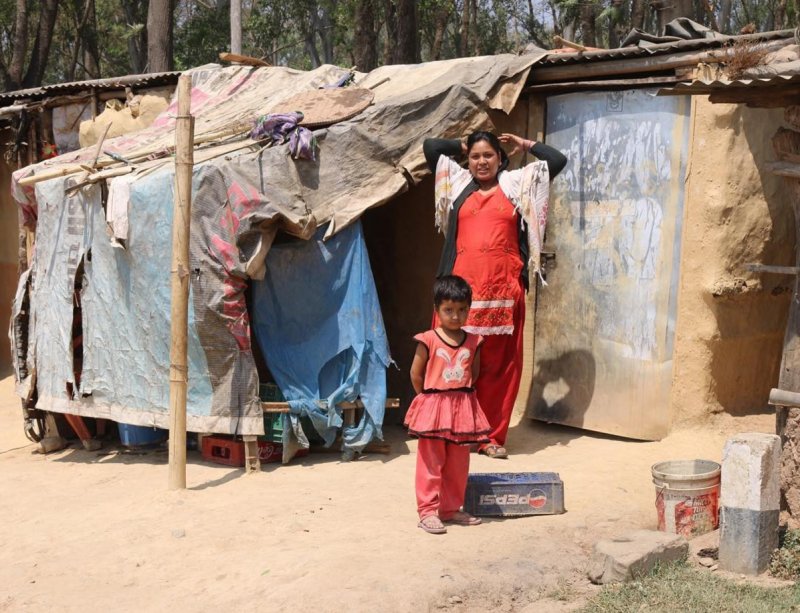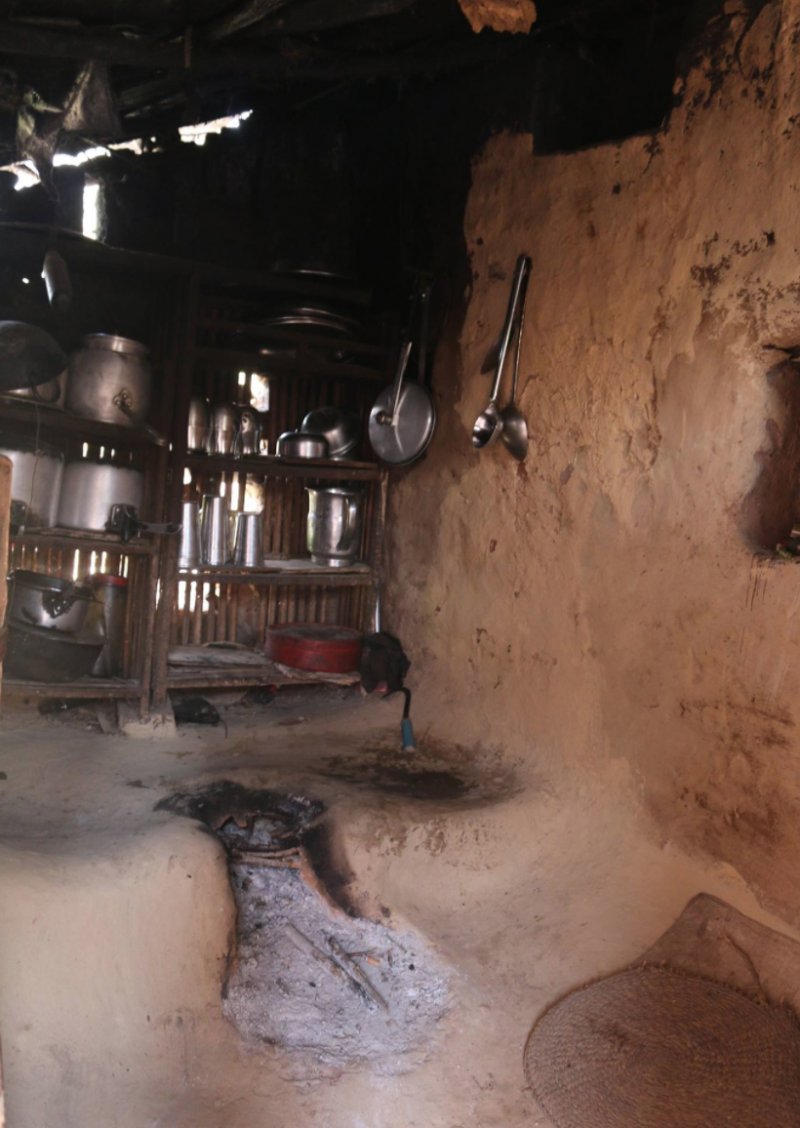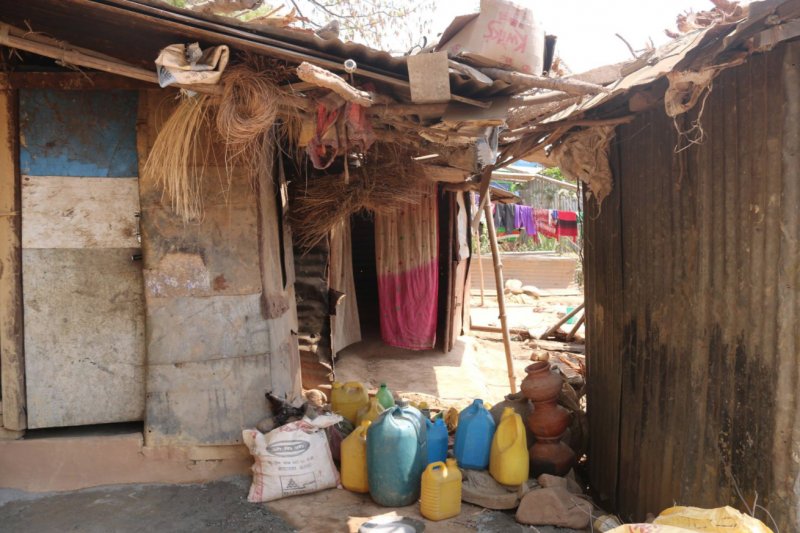No Refrigerators Anywhere
Thursday, April 13, 2017

When I got home to the US in February, I spent a lot of time making my house feel like home again. I bought myself a new set of silverware, replaced my aging microwave, and found a cute new little ceramic dish to keep salt in, since that seems to be the thing to do these days. Having the space that I live in feel cozy and just right has always been important to me.

This week, on my first full day back at Kopila, I went along on the admissions home visits. We're trying to decide which kids will get one of our 22 spots for nursery class this year, and it's all based on need: who is living in extreme poverty? Who doesn't have two parents to support them? Whose life would be changed the most by admission to our school?

One thing is clear on all of these visits, though: every single one of these kids is living way below the standard of the US. I was struck by the kitchens in each home. Usually it's just a corner of the mud hut, and cooking happens over a burning pile of logs in a room with no ventilation, no chimney. The ceilings are stained black with soot. I can only imagine what their lungs look like. If there's running water, it's usually a spigot outside in the yard, not in the house. There are no refrigerators anywhere. The lucky ones have a gas stove in a cement building.

To be clear, we're not talking about a rural village – we're in a city with more than 50,000 people. We have an LG store and hotels with swimming pools and cafes serving cappuccinos. This is a common living situation for Nepal's 28 million people.
And here I was, wondering if I should buy shelf paper that matches my dish towels.
Patty Breech
BlinkNow, Chief of Staff